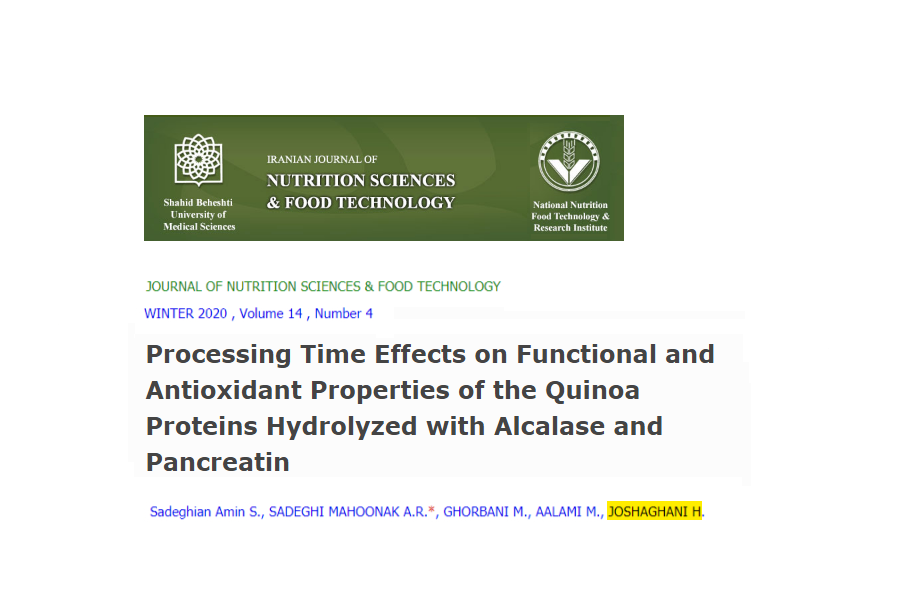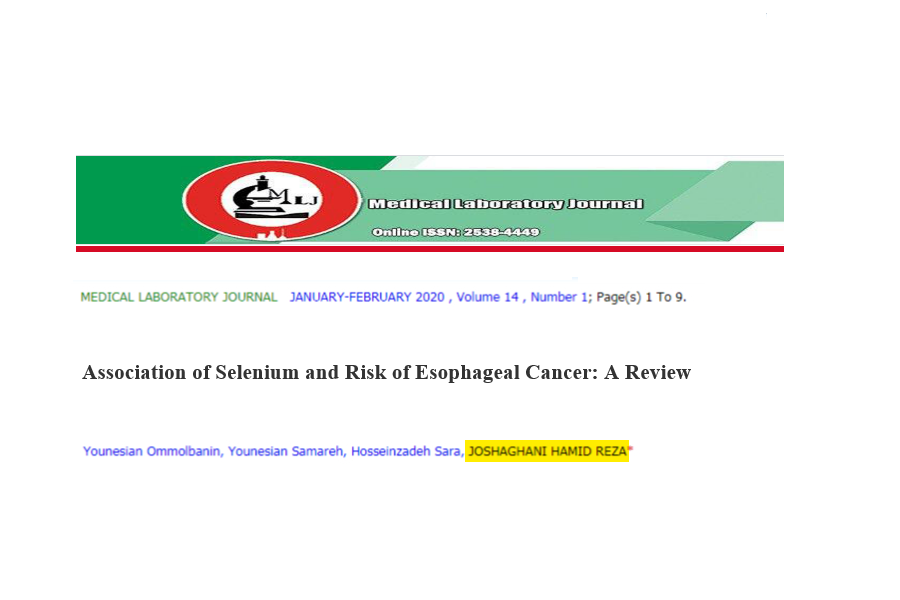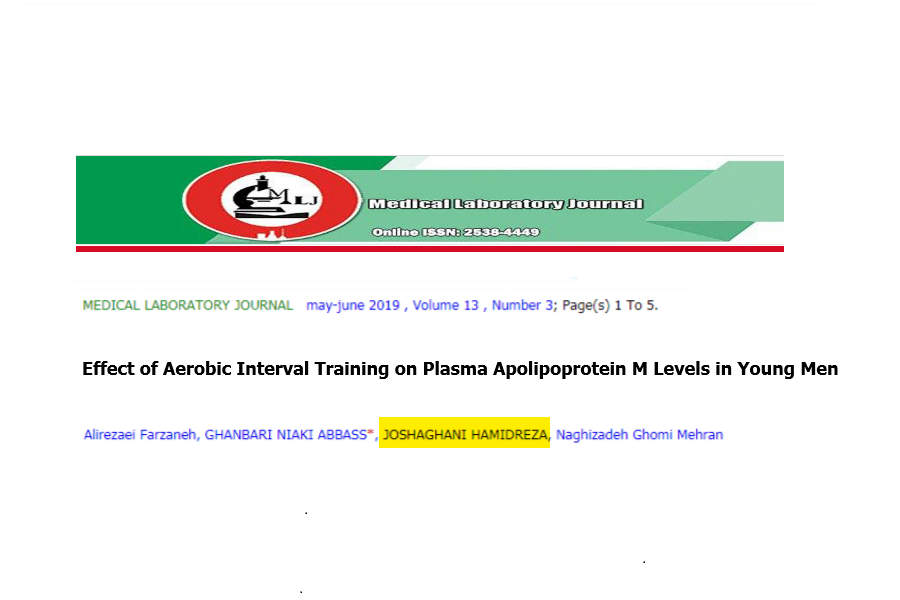اثرات زمان پردازش بر خواص عملکردی و آنتی اکسیدانی پروتئین های کینوا هیدرولیز شده با آلکالاز و پانکراتین
Abstract:
Background and Objectives: Antioxidants are used to decrease oxidation of oils and increase shelf life of foods for centuries. Nowadays, researchers investigate for the replacement of synthetic antioxidants with antioxidants from natural sources. The purpose of this study was to investigate effects of quinoa enzyme-hydrolyzed proteins on functional and antioxidant properties of the produced peptides.
Materials & Methods: In this study, proteins of the quinoa seeds were extracted and hydrolyzed with alcalase and pancreatin enzymes. The hydrolyzed proteins were assessed for the degrees of hydrolysis, solubility, emulsifying capacity, foaming capacity and antioxidant properties. Furthermore, DPPH free radical scavenging activity, hydroxyl radical scavenging activity, reducing power, ABTS radical scavenging activity, Trolox equivalent antioxidant capacity (TEAC) and iron and copper ion chelating activity were used to assess the antioxidant properties.
Results: Results showed that the enzymatic hydrolysis significantly increased solubility, foaming capacity and emulsifying capacity, especially at isoelectric point and acidic pH. Free radical scavenging of DPPH (from 16.85 to 56.04%), hydroxyl radical scavenging (from 26.31 to 63.91%), reducing power (from 0.44 to 0.95 absorbance at 765 nm), ABTS radical scavenging (from 30.01 to 68.42%), Trolox equivalent antioxidant capacity (from 0.73 to 1.83 mM), iron ion chelating activity (from 36.91 to 70.64%), and copper ion chelating activity (from 3.76 to 10.76%) increased to the highest levels after enzyme hydrolysis.
Conclusion: Results of this study have shown that enzymatic hydrolysis can improve functional properties of the quinoa seed proteins. Antioxidant capacity of the hydrolyzed proteins is significantly higher than non-hydrolyzed proteins. Improvement of the functional properties and antioxidant capacity of the hydrolyzed proteins depend on hydrolysis time and enzyme type.




پاسخ دهید
میخواهید به بحث بپیوندید؟مشارکت رایگان.